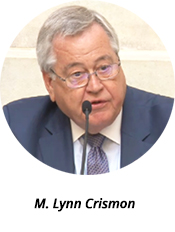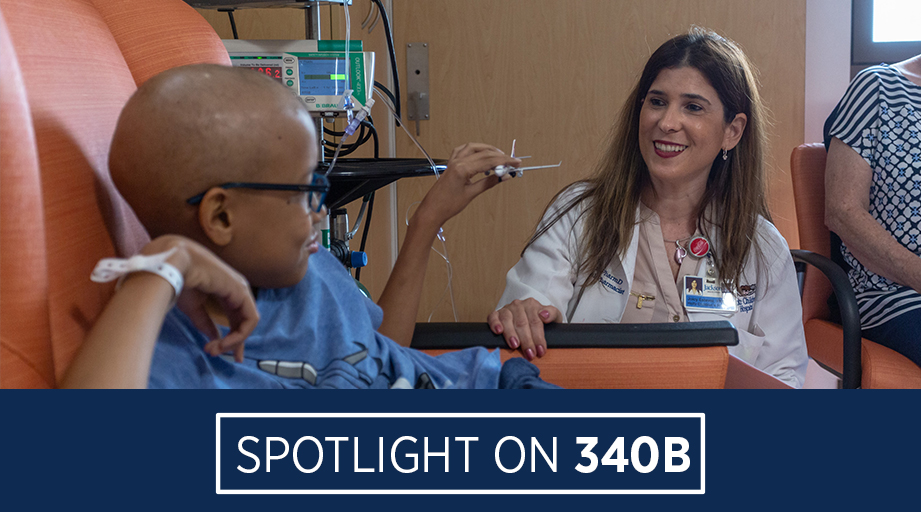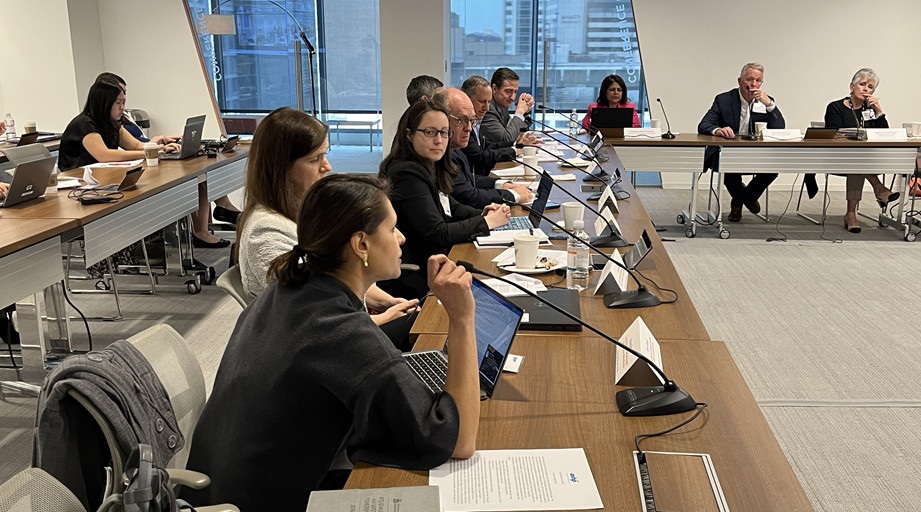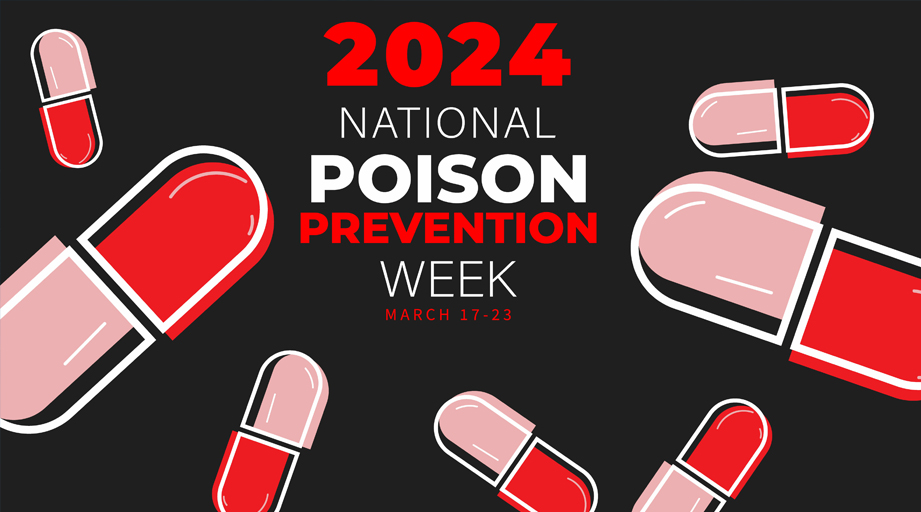
Healthcare organizations must adopt a system-level approach to creating positive work and learning environments to reduce the risk of burnout among clinical staff, according to a report released today by the National Academy of Medicine (NAM).
“Our nation is facing an epidemic of clinician burnout,” NAM President Victor Dzau said during the unveiling of the consensus report “Taking Action Against Clinician Burnout: A Systems Approach to Professional Well-Being.”
Despite the urgency of the problem, he said “the public remains largely unaware of it.”
The consensus report, produced through the work of NAM’s Action Collaborative on Clinician Well-Being and Resilience — of which ASHP is a sponsoring member — includes six system-level goals and several recommendations to help healthcare organizations achieve the goals.
The first goal calls for transforming healthcare workplaces through initiatives that support positive work environments and foster well-being. Recommendations associated with the goal urge organizational leaders to incorporate values such as “respect, justice, ethical practice, compassion, and diversity” into interventions that address burnout and to use validated tools to monitor burnout.
The second goal describes the importance of transforming the learning environment to address burnout in students and trainees.
The remaining goals call for reducing administrative burdens that negatively affect clinicians, adopting technology-based solutions to support clinicians’ patient-care activities, ensuring that staff who ask for help aren’t stigmatized for reaching out, and seeking dedicated funding for research on clinician burnout.
According to the report, studies indicate that burnout affects 35–54 percent of nurses and physicians and 45–60 percent of medical students and residents.
Members of the NAM committee that developed the report emphasized that burnout is a problem for clinicians in all disciplines, including pharmacy.
 “Unfortunately, scant research has been conducted looking at the prevalence and causes of burnout among pharmacists, and even less has been conducted in student pharmacists,” committee member M. Lynn Crismon told ASHP News.
“Unfortunately, scant research has been conducted looking at the prevalence and causes of burnout among pharmacists, and even less has been conducted in student pharmacists,” committee member M. Lynn Crismon told ASHP News.
But Crismon, who is Dean and James T. Doluisio Regents Chair and Behrens Professor of Pharmacy at the University of Texas at Austin College of Pharmacy, noted that the limited research that’s available does identify burnout as a problem in the pharmacy profession.
He said there’s a critical need for systematic research to examine burnout among pharmacists and pharmacy learners, with a focus on the prevalence of burnout and system factors that contribute to the problem and system-level interventions to improve well-being.
The committee’s focus on system-level approaches to addressing burnout acknowledges that the problem can’t be solved by individual clinicians.
“It’s driven largely by work hours as well as practice inefficiency,” said Committee Cochair Pascale Carayon.
The report doesn’t include specific recommendations for changing work processes to address burnout. Instead, the document advises organizations to “create, implement and evaluate their own interventions by using a systematic approach to reducing clinician burnout,” use rigorous methods to evaluate burnout, and share their findings with other healthcare organizations.
NAM’s action collaborative includes a variety of resources to support well-being and resilience in the clinical workforce.
ASHP, through its Well-Being & You resource, provides opportunities for pharmacists to promote resilience, share stories of well-being in the workplace, and find tools and support for resilience activities.
ASHP joined the NAM action collaborative as a sponsor in 2017. In its commitment statement for the action collaborative, ASHP emphasized the need to create and support a culture of well-being and resilience to ensure that neither clinicians nor their patients are harmed by burnout.
ASHP’s leadership on clinician well-being spans four decades, beginning with the 1982 publication of a report in AJHP about recognizing, reversing, and preventing burnout among hospital pharmacists. This year, an ASHP-commissioned survey by The Harris Poll found that 77 percent of Americans fear for their health if they see that their clinician feels burned out, and 91 percent want their healthcare team, including pharmacists, to do whatever they can to avoid burnout.
At this year’s Midyear Clinical Meeting in Las Vegas, ASHP’s Well-Being Collaborative will host a solution-focused, all-day interprofessional event on resilience and preventing burnout. Panelists will include representatives from fellow sponsoring organizations of the NAM action collaborative. Findings from ASHP’s 2019 Well-Being and Resilience Survey will be highlighted in upcoming communications from ASHP.
[This news story appears in the March 1, 2020, issue of AJHP.]







